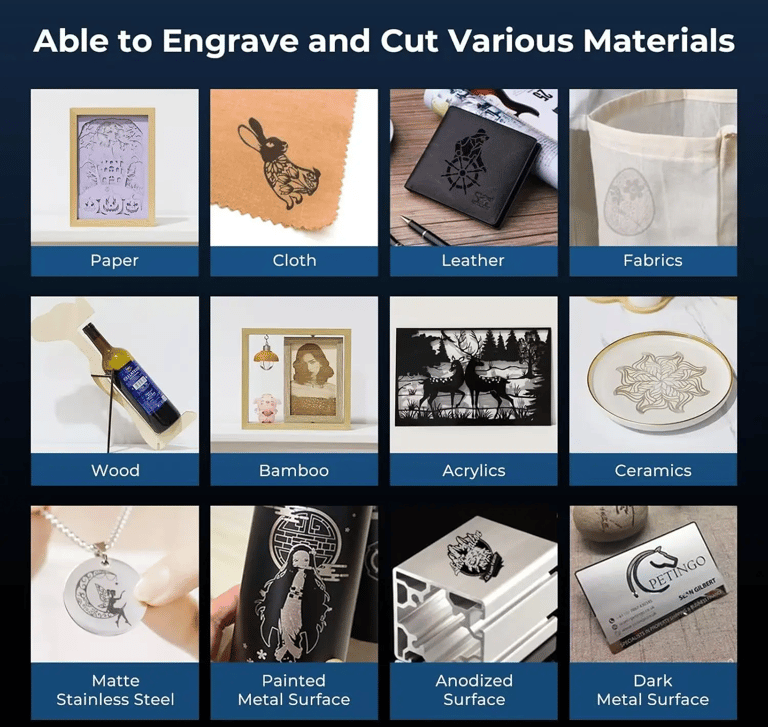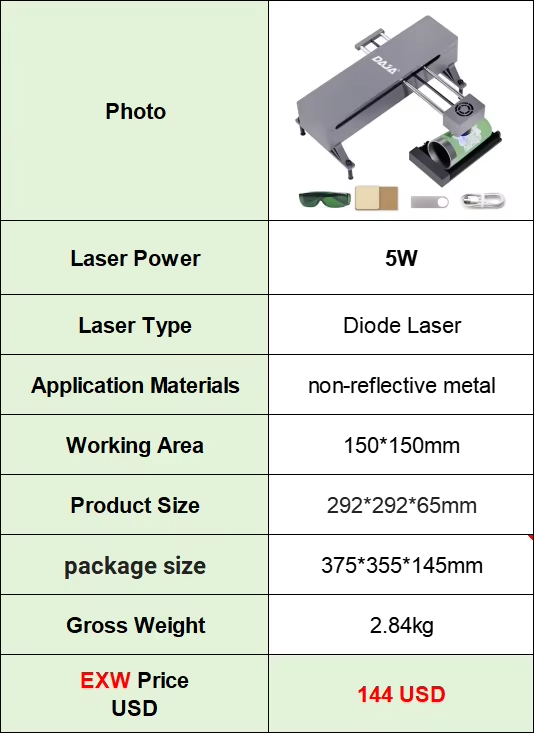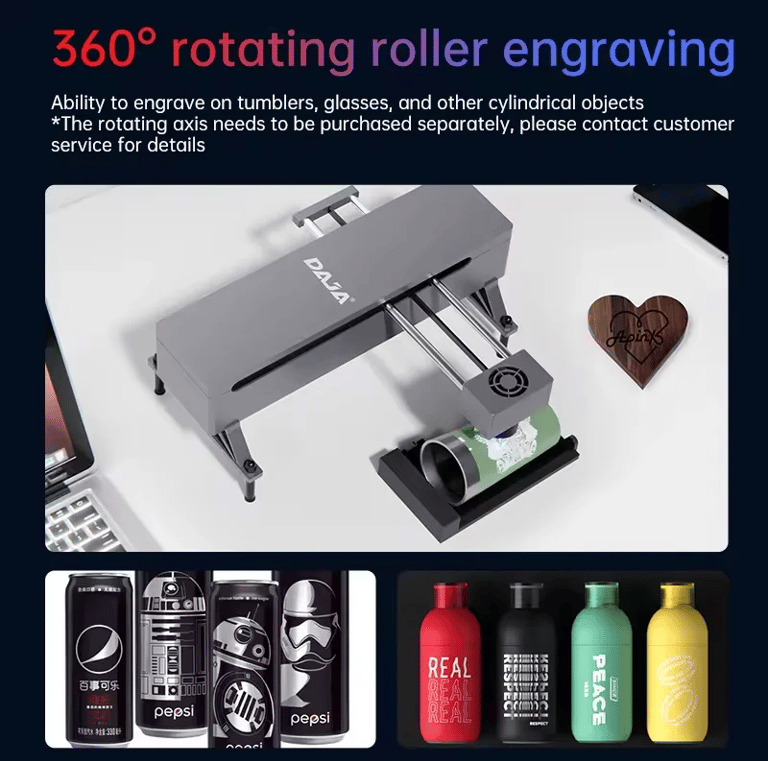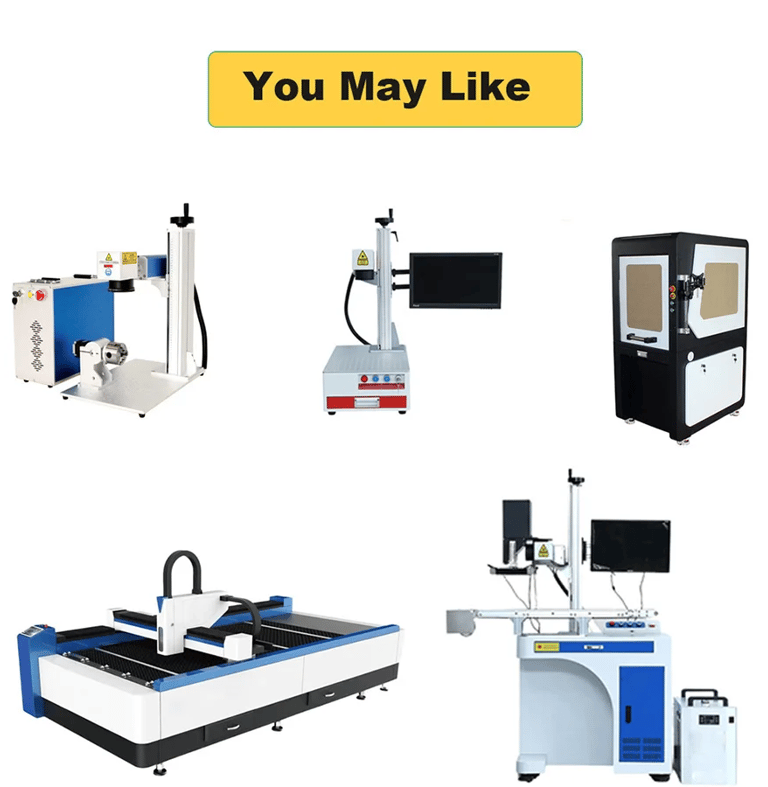Unlocking Precision: The Ultimate Guide to Laser Engraving Machines for Every Need
LEON MACHINERY
12/2/20234 min read


The Evolution of Laser Engraving Machines
Laser engraving technology has transformed how industries personalize, design, and produce intricate patterns on various materials. From marking logos on metals to crafting delicate designs on leather and wood, these machines cater to professionals, hobbyists, and industrial manufacturers alike. Whether you’re looking to engrave tumblers, firearms, or jewelry, there’s a machine tailored to your needs. This guide will walk you through the diverse world of laser engravers, their applications, and how to choose the best one for your purpose.
What Is a Laser Engraving Machine?
A laser engraving machine uses concentrated beams of light to etch, mark, or cut materials with precision. Unlike traditional methods, these machines rely on advanced optics and digital controls, ensuring consistent results. Depending on the type of laser (CO2, fiber, or UV), they cater to various materials, such as metals, glass, leather, and wood.
Laser engraving machines come in all shapes and sizes, from portable desktop models to industrial-grade systems. Each machine is designed to meet specific needs, whether for intricate detailing or high-volume production.
Types of Laser Engraving Machines
1. CO2 Laser Engraving Machines
Best For: Wood, acrylic, leather, glass, and some plastics.
Features: Operate at a 10.6-micron wavelength, ideal for non-metals.
Example Applications: Sign-making, crafts, and engraving tumblers or glasses.
2. Fiber Laser Engraving Machines
Best For: Metals like steel, aluminum, gold, and titanium.
Features: Higher precision and efficiency; operates at a 1064 nm wavelength.
Example Applications: Marking firearms, jewelry engraving, and industrial equipment labeling.
3. UV Laser Engraving Machines
Best For: Heat-sensitive materials such as plastics, glass, and organic substances.
Features: Operates at a shorter wavelength (355 nm), minimizing heat damage.
Example Applications: Electronics engraving and intricate glass designs.
4. 3D Laser Engraving Machines
Best For: Creating intricate 3D patterns in glass and crystal.
Features: Capable of internal engraving without damaging the outer surface.
Example Applications: Awards, decorative pieces, and luxury goods.
5. Miniature Laser Engraving Machines
Best For: Hobbyists and small businesses.
Features: Compact size, suitable for small-scale projects.
Example Applications: Personalizing jewelry, phone cases, and crafts.
Key Features to Look for in a Laser Engraving Machine
1. Power Output
The power of the laser determines the type of materials it can handle. Higher wattage (e.g., 40W or more) is ideal for metals, while lower wattage is sufficient for non-metals.
2. Working Area
Machines with larger working areas are suitable for bulk or large projects, while smaller ones are perfect for intricate, detailed tasks.
3. Cooling System
Air-cooled machines are ideal for lighter tasks, while water-cooled systems are recommended for heavy-duty operations.
4. Software Compatibility
Ensure the machine supports popular design software like CorelDRAW, AutoCAD, or Adobe Illustrator for seamless operation.
5. Material Compatibility
Choose a machine based on the materials you’ll be engraving—wood, metal, glass, or leather.
6. Portability
Portable laser engraving machines are a great choice for businesses requiring flexibility.
Applications of Laser Engraving Machines
1. Engraving for Metal
Ideal for branding, industrial labeling, and personalizing jewelry.
Machines to Use: Fiber laser engraving machines, mini metal laser engravers.
2. Engraving for Wood
Common for home décor, furniture customization, and crafts.
Machines to Use: CO2 laser engraving machines, wood laser engravers.
3. Engraving for Glass and Crystals
Used in awards, luxury goods, and decorative pieces.
Machines to Use: UV laser engraving machines, 3D crystal laser engravers.
4. Engraving for Leather
Popular for fashion accessories, wallets, and belts.
Machines to Use: Leather laser engraving machines.
5. Commercial and Industrial Applications
Include high-volume production of components, firearm engraving, and electronics marking.
Machines to Use: Industrial laser engraving machines, fiber optic laser engravers.
Challenges and How to Overcome Them
1. Issues with TwoTrees TTS-55 Pro 40W
Users have reported setup difficulties and inconsistent power output. Address these by thoroughly reading the manual, updating firmware, and ensuring proper alignment of components.
2. High Initial Cost
While the upfront cost can be steep, the long-term benefits—precision, speed, and material savings—often outweigh the expense. Consider entry-level models if on a budget.
3. Maintenance Requirements
Regular cleaning of lenses, mirrors, and the workspace is crucial. Follow manufacturer guidelines to prevent costly repairs.
Tips for Beginners: How to Use a Laser Engraving Machine
Start Simple: Begin with basic designs to familiarize yourself with the machine’s settings.
Test Materials: Always test on a small piece of material to ensure compatibility.
Adjust Settings: Experiment with power, speed, and focus settings to achieve optimal results.
Safety First: Use protective eyewear and ensure proper ventilation.
Leverage Tutorials: Many manufacturers provide video guides to help users get started.
Top Picks: Best Laser Engraving Machines
1. Epilog Laser Engraving Machine
Pros: High precision, large working area.
Cons: Expensive, best for professionals.
2. xTool Laser Engraving Machine
Pros: Versatile, user-friendly software.
Cons: Limited power for industrial use.
3. Mini Laser Engraving Machine
Pros: Affordable, portable.
Cons: Limited material compatibility.
4. CO2 Laser Engraver Machines
Pros: Excellent for wood and acrylic.
Cons: Not suitable for metals.
5. Fiber Laser Engraving Machine
Pros: Ideal for metals and high-speed tasks.
Cons: Higher initial cost.
Conclusion: Finding Your Perfect Laser Engraving Machine
Laser engraving machines have redefined precision marking and engraving. Whether you’re a hobbyist or an industrial manufacturer, there’s a machine to suit your needs. By understanding the types, features, and applications of these machines, you can make an informed decision and unlock endless creative possibilities.
From engraving intricate jewelry to marking industrial parts, laser engravers bring precision, speed, and versatility to the table. Start your engraving journey today with the machine that best fits your goals and budget.






